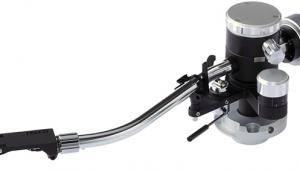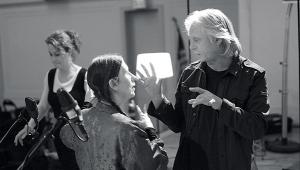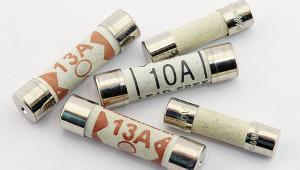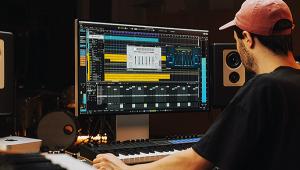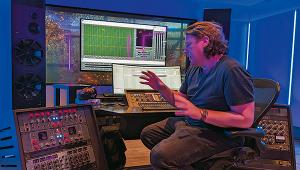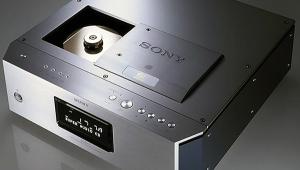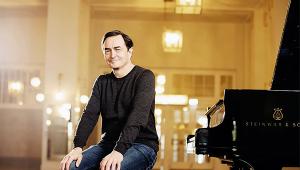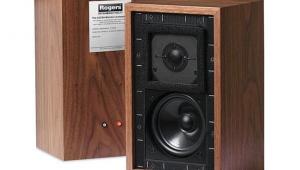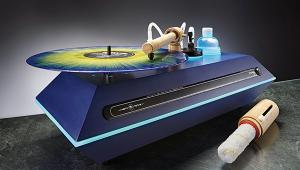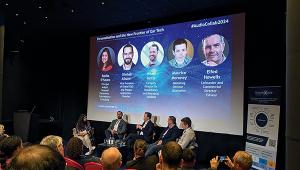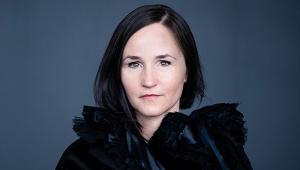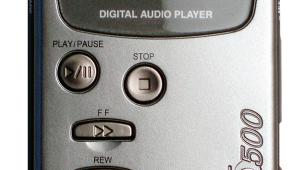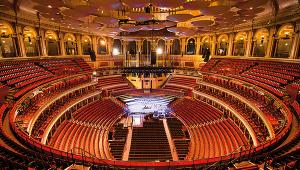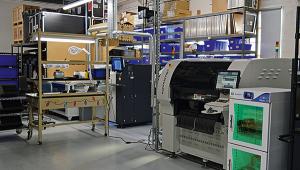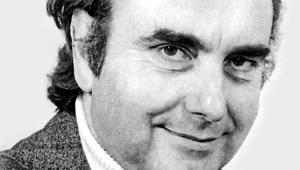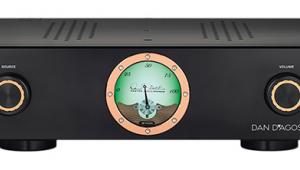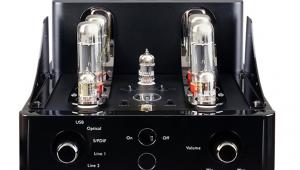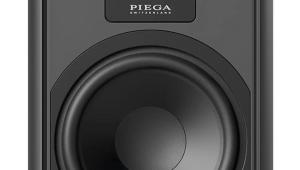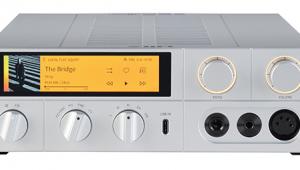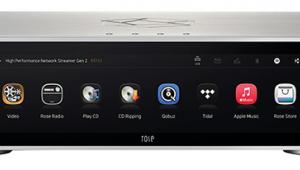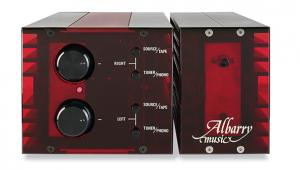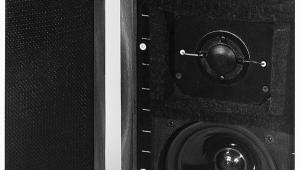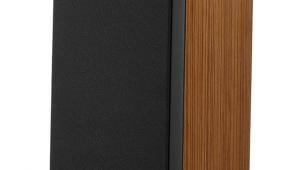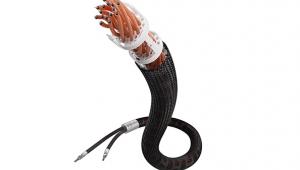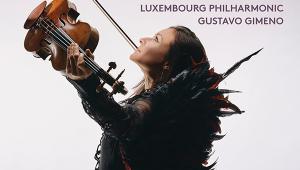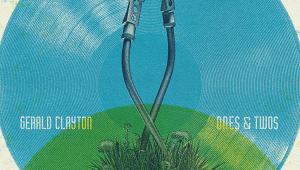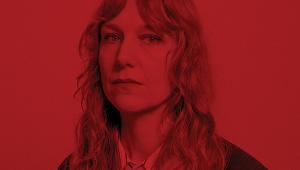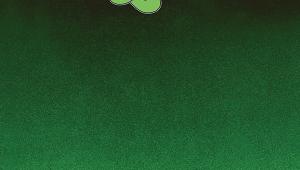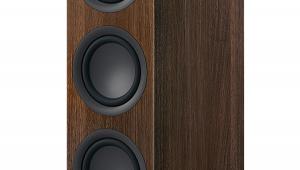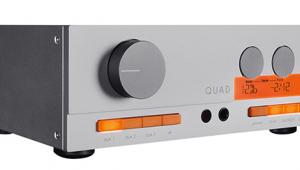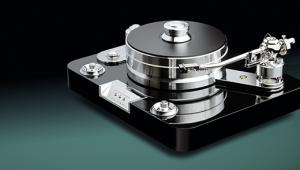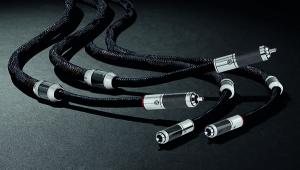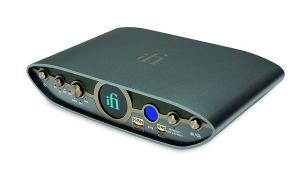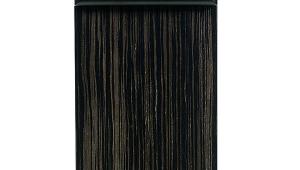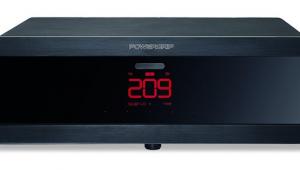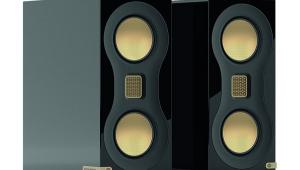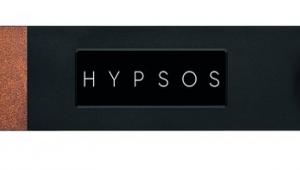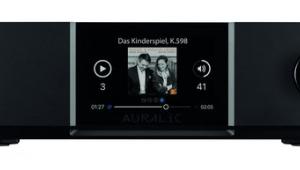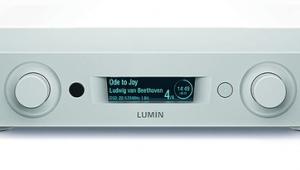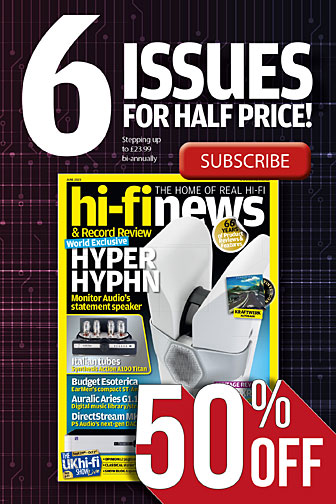Is it worth recording at hi-res?
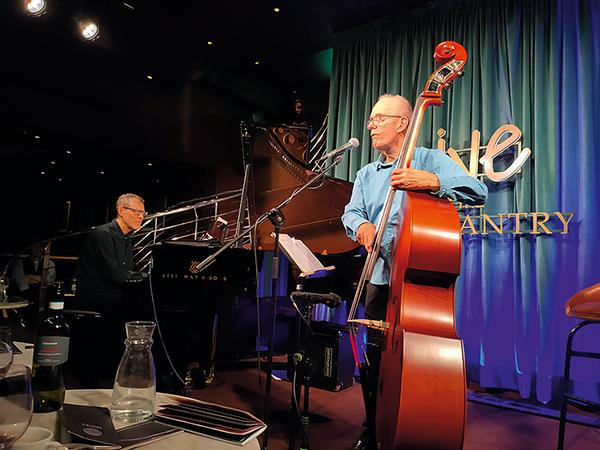
I was recently talking with a recording engineer who works at the pop/rock/jazz end of the music spectrum. He suggested I look at a YouTube video (www.youtube.com/watch?v=hs1On87Ixe4) which, in plain and entertaining words and with studio demonstrations, offers ‘strong scientific evidence’ that ‘recording at 96/192kHz can sound worse than recording at 44.1/48kHz’. Their emphasis, not mine.
I have always wondered about the sense in paying £20 for a 192kHz/24-bit version of deliberately distorted rock that has been sourced from a deteriorated tape or low-res digital rescue copy. But new recordings made at 96kHz or 192kHz sounding ‘worse’ than those made at 48kHz? How does that work?
Sample menu
I sent the video to another recording engineer who works in classical music, almost exclusively at 96kHz or 192kHz. He got very cross at the suggestion that his life’s work had been misguided, and anyone who has bought premium hi-fi gear, and hi-res recordings, may feel peeved too. So, for my own education I set about trying to reconcile the two extreme viewpoints by reducing them to simple words that HFN readers can either agree with or shoot down in flames.
Sampling is measuring discrete points of the analogue waveform. According to the Nyquist theorem, sampling must be at least twice the highest audio frequency, or you get aliasing errors that are analogous to the movie effect that freezes fast-moving wagon wheels or propeller blades. As human hearing generally cuts off at 20kHz (lower for oldsters) sampling needs to be at least 40kHz. Hence the standard 48kHz audio sampling rate (or 44.1kHz for CD).
There is a lot of stray ‘ultrasound’ above 20kHz that animals can hear and our ears and brains may somehow register. Vehicle brakes squeal and musical instruments have overtones. This ultrasound can confuse a digital encoder and cause its own aliasing distortion. So, an anti-aliasing filter removes everything above 20kHz. To avoid the different distortion caused by brutal cut-off, the filter starts working higher up and smoothly reaches down to 20kHz.
Recording at 96/192kHz captures some of the ultrasound in case it is useful. So far, so generally agreed. But the YouTube video goes on to explore the practical problems and cost of building hardware that can be switched between sampling rates. Also, each doubling of the sampling rate doubles the amount of data to be captured, transported and stored, or halves the number of tracks that can be simultaneously handled. Ergo, it makes sense to stick with 48kHz, assures the jazz/rock/pop engineer.
Not true, shouts his classical rival. If the music is from acoustic, eg, string instruments in a lively hall, church or wood walled studio, there will be a shedload of pure musical frequency content way up above the audible range. It is chaotically adding, subtracting and who knows what-ing with the audible band. So it all deserves to be captured accurately for authentic reproduction.
Even smooth Nyquist low-pass filters can mess with the phase down below in the audible band, and the mess may be audible. Recording at 96kHz pushes the low-pass up an octave to 48kHz; recording at 192kHz pushes it up another octave to 96kHz. Whatever the mess is or does, it is now above human hearing.
Mix it up
So is it horses for courses, with different recording techniques for different music? No, the horses are the same. Music is a largely un-understandable mix of waves, with no clear dividing lines. Pop singers record with strings. Rock stars duet with opera divas. Brass crackles, cymbals sizzle and saxes sound breathy because they are soaked in overtones that cry out for capture. And with big data capture and storage hardware now literally cheap as chips, future audiophile generations will rightly revile us for cutting digital corners simply to save a few quid.
